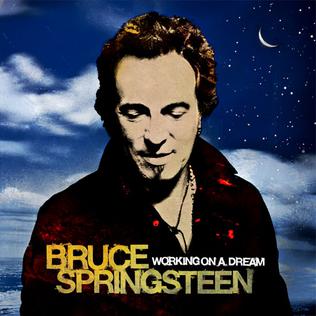MTV debuted less than a year after the deaths of John Lennon and John Bonham, and while these events aren’t connected, it’s safe to say that the video channel started a new era. Among the handful of clips they had at their disposal were a few mimed performances by a shaggy-haired guy named Billy Squier. Not that anything could replace Led Zeppelin, but his tunes combined the wallop of that band’s rhythm section with a Plant-like yowl and even some modern keyboards. They were catchy, sounded great on the radio, and got played on MTV a whole lot. (MTV would also be directly responsible for Billy’s fall from grace, but that was a couple of years away.) Oh, and he played guitar, too, sometimes riffing, mostly chords, but not bad slide.
Like so many of the great albums from this era, Don’t Say No was front-loaded with great songs, so that people rarely flipped over to side two. (If you had them on cassette, you had to rewind. Nobody had figured out how to navigate 8-tracks by then anyway.) The rumble and blast of “In The Dark”, the questionable smut of “The Stroke”, the simple pop in “My Kinda Lover”, the made-for-FM classic “Too Daze Gone”; you could even forgive “You Know What I Like” for being a little stupid. Yes, all those songs are on side one.
But people did move over to side two, where “Lonely Is The Night” borrowed all the elements from “Nobody’s Fault But Mine” that Zeppelin hadn’t stolen themselves. And from there… well, let’s just say it’s not side one. “Whadda You Want From Me” sports a plodding drum part soon copped by Phil Collins, Steve Smith, and everybody else, but a has a decent bridge. The only acoustic ballad doesn’t arrive until “Nobody Knows”, which the lyric sheet says is “dedicated to the life of John Lennon”, but sounds more like a Jeff Lynne melody. Considering the co-producer (known only as Mack) worked on several ELO albums, this isn’t a stretch. That touch is also evident on the chorus of “I Need You”, a template for future, far lesser power ballads. For some reason, just as this song fades, the title track appears mid-take, almost as an afterthought.
Don’t Say No was his second album, and while we’ve never heard his first, and don’t plan to, it still holds up. Call it a guilty pleasure all you want, but just try to get the songs out of your head. Go on, try. (While the album has been reissued a few times in the digital era, none of these included as an obvious bonus track “Christmas Is The Time To Say I Love You”, the mostly unintelligible B-side of “My Kinda Lover”, and still a holiday staple round our way.)
Billy Squier Don’t Say No (1981)—3½




_Morning_Glory_album_cover.jpg)

